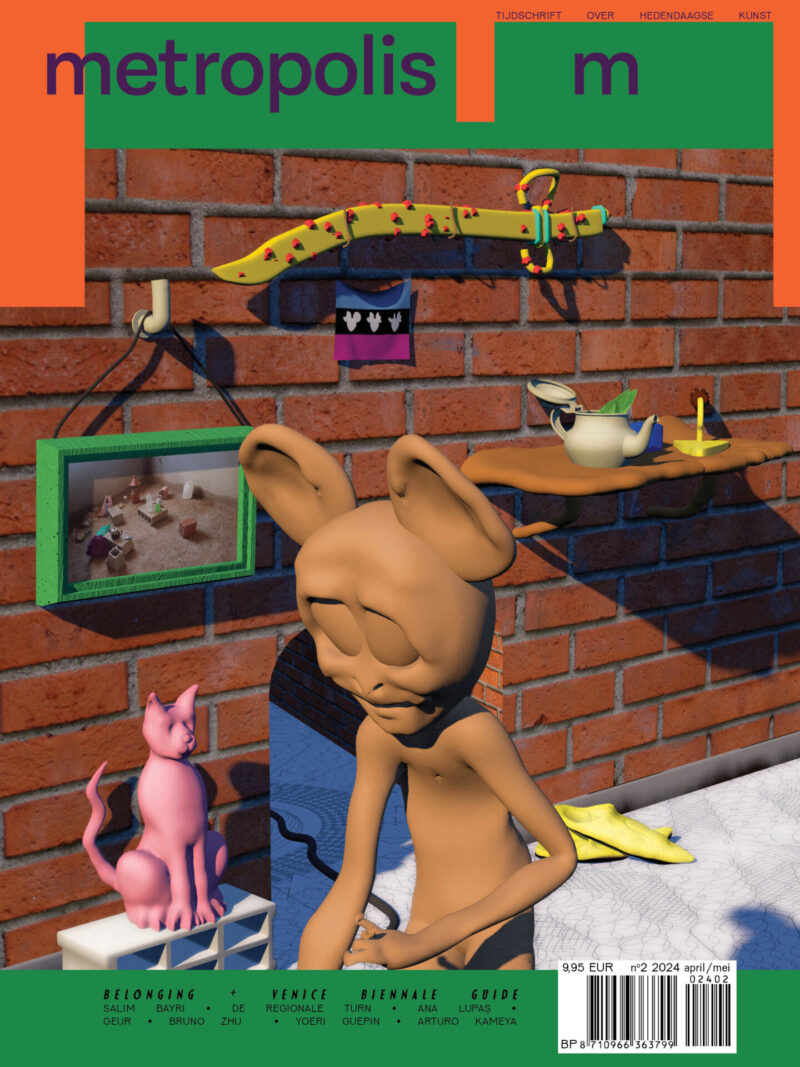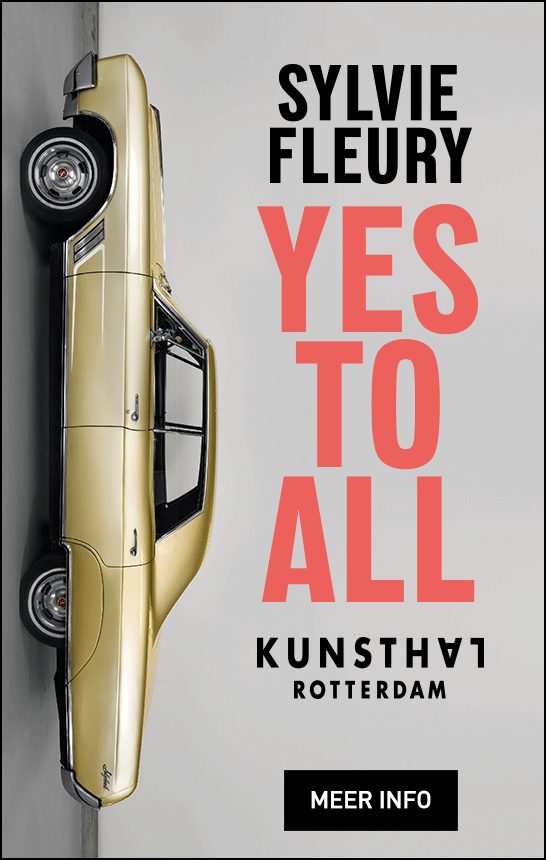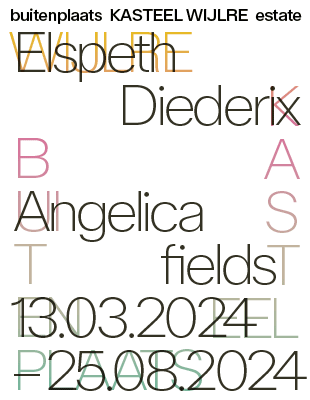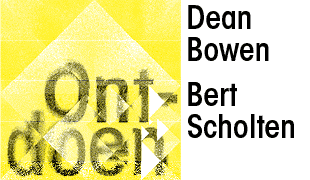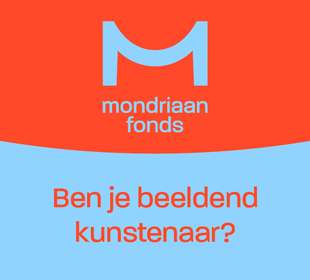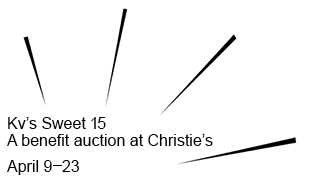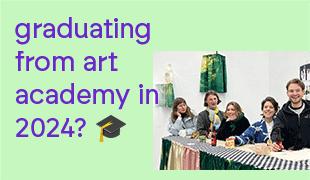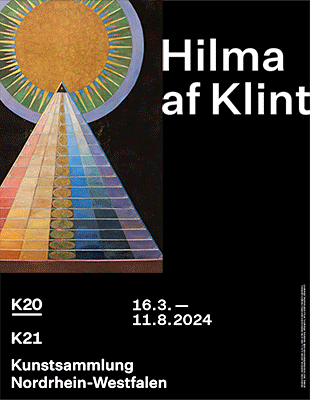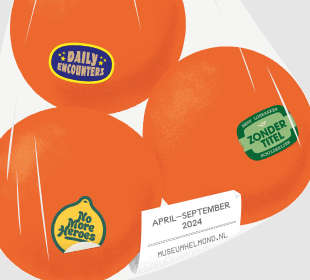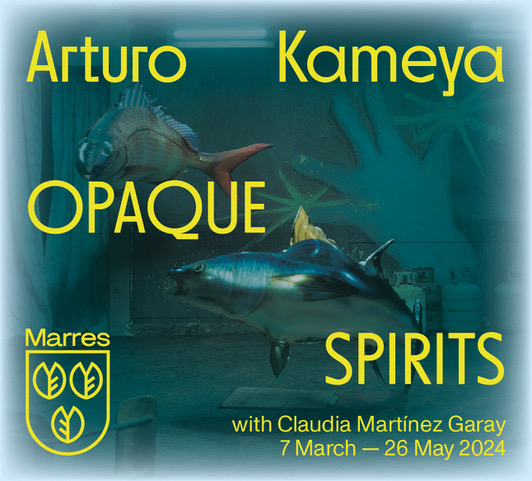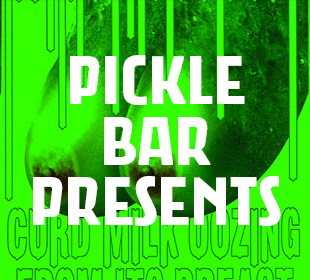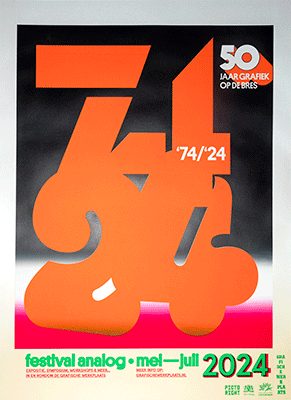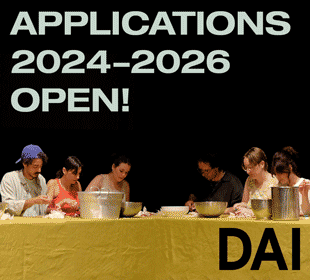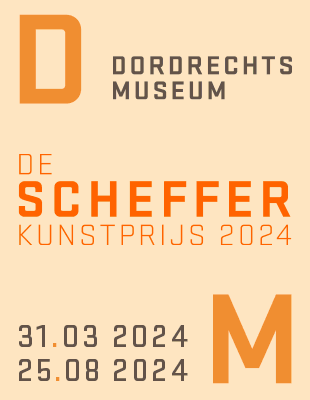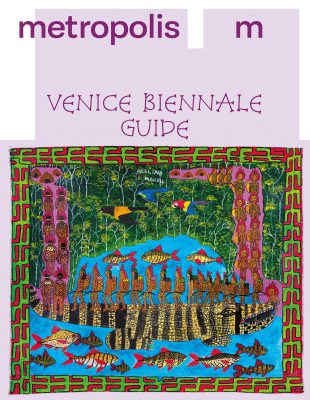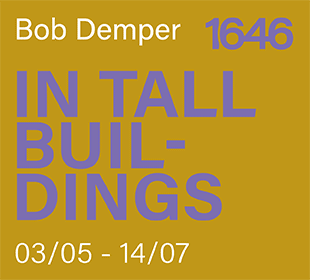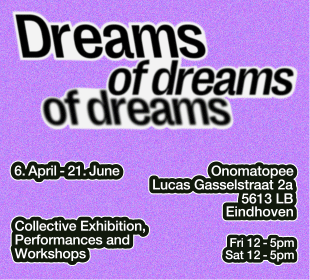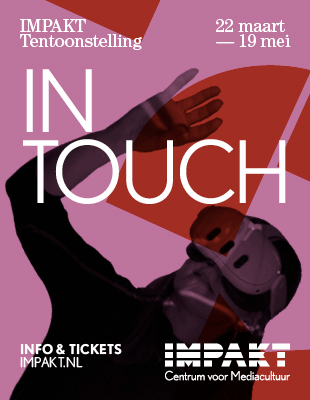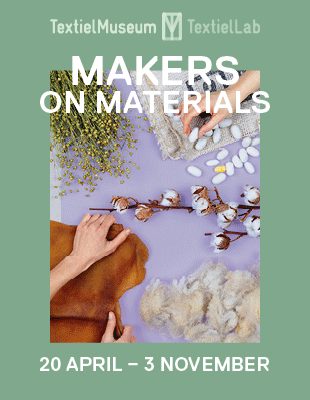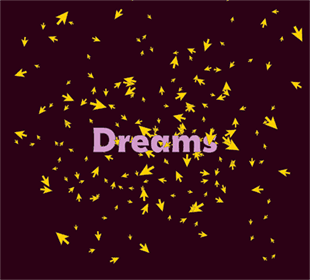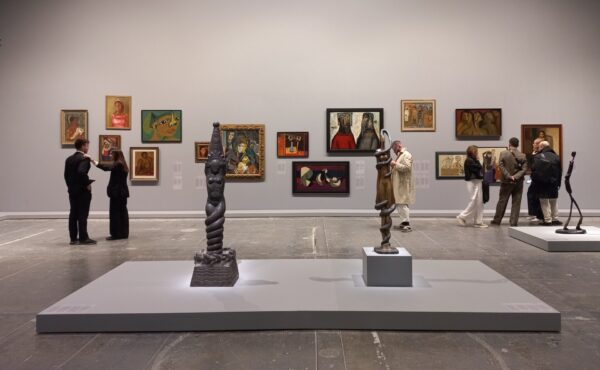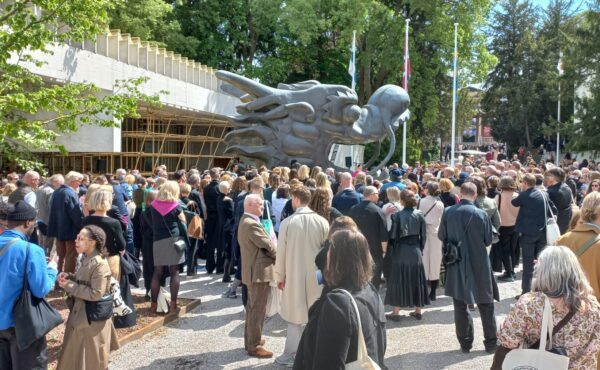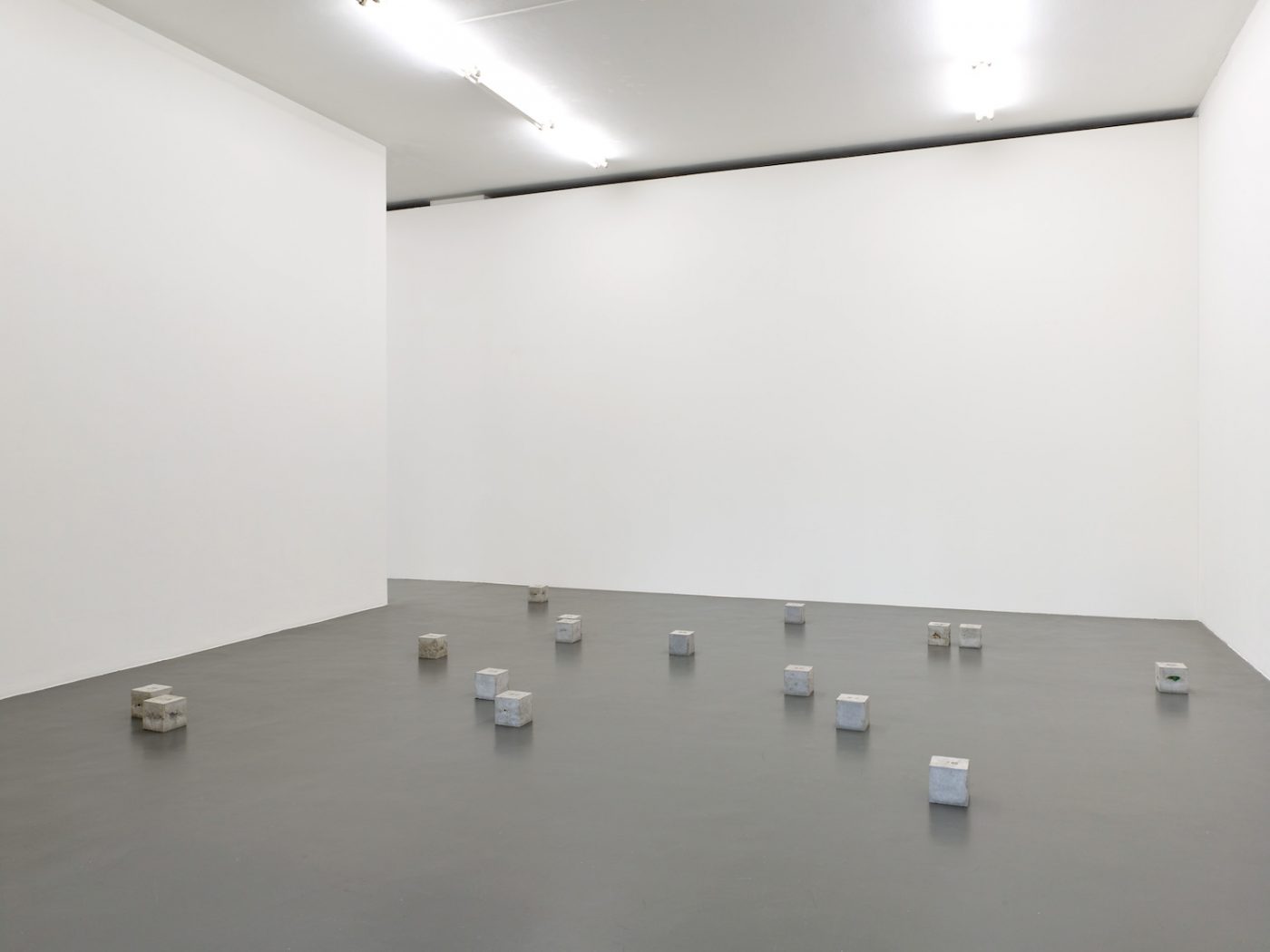
Trayecto — Fase 1. La entrega. Fase 2. A través. Fase 3. Inclusión (Trajectory— Phase 1. The Remittance. Phase 2. Through. Phase 3. Inclusion) (2018), exhibition overview A new work by Teresa Margolles, Kunstinstituut Melly 2018
“The artist is an intellectual” – interview with Sofía Hernández Chong Cuy
Witte de With is, after many heated discussions, on its way to a new name. Sofía Hernández Chong Cuy, its director since the beginning of this year, is facing turbulent times. Who is she and what does she bring to the institute?
What made you decide to become a curator and what have been your most formative experiences?
My most formative experience has been at inSite’97 where I was a trainee, and later a staff member, while pursuing the Bachelor of Arts at the university of Monterrey. inSite was a project that focused on projects in the public space in Tijuana, Mexico City and San Diego with an unique production model. On both sides of the geopolitical border, divided by a wall, inSite had production offices, fundraisers, and exhibition locations. I immersed myself in this binational organization, guiding artists in the realization of their projects. At inSite I learned that you do not need a museum to make an exhibition, it is about framing ideas, finding locations and involving the public. A structure is needed, not so much a space. At inSite I realized that I knew little about contemporary art, institutional models and exhibition histories. So I discussed the curatorial training of Bard College in New York with Olivier Debroise, one of the curators at inSite, and in 1998 that is where I headed.
"You do not need a museum to make an exhibition, it is about framing ideas, finding locations and involving the public."
When did you start working as a curator?
During my training at Bard, I organized a small exhibition in my apartment. Months later I went to Texas for an internship at ArtPace where I submitted an exhibition proposal that was accepted to be presented the following year. In their enormous hall I organized my first real or “public” exhibition, with works by Vanessa Beecroft, Gillian Wearing and Carlos Amorales. After graduating, I soon came to work at the Americas Society, an institution I never thought I’d ever go to. It was a typical Cold War institute, founded by David Rockefeller, with a focus on researching and debating the other cultures on the American continent. I organized several projects there, including my first exhibition, a solo of the artist duo Jennifer Allora and Guillermo Calzadilla. It was their breakthrough as well as mine.
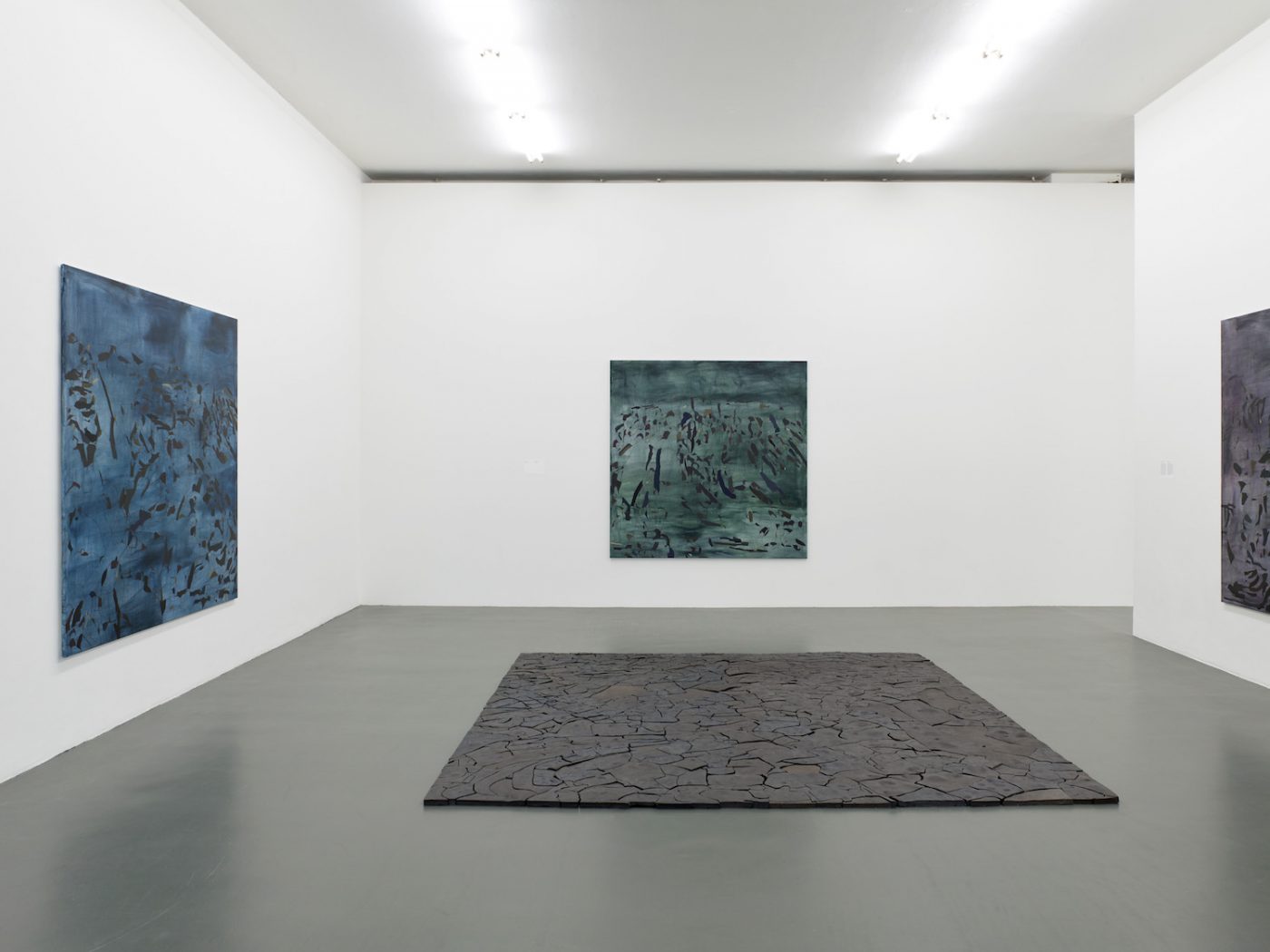
Irene Kopelman, 77 Colors of a Volcanic Landscape A, B, C (2016) and The Levy´s Flight, Puzzle piece #2 (2012) part of Irene Kopelman, a solo exhibition, Witte de With Center for Contemporary Art 2018
In your work you stay in touch with Latin American artists and you continue to relate yourself to that cultural background. Is it love or a mission?
If you live in another country, you are constantly being asked about the art from where you originally come from. That is a fixed pattern. Many immigrants working far from home will decidedly, whether they want to or not, become a mediator of their cultural background. You may choose, then, to understand it more thoroughly so you can take on that role with responsibility. For me, giving visibility to Latin American art wasn’t a mission from the start, but one that I have learned to take up and enjoy.
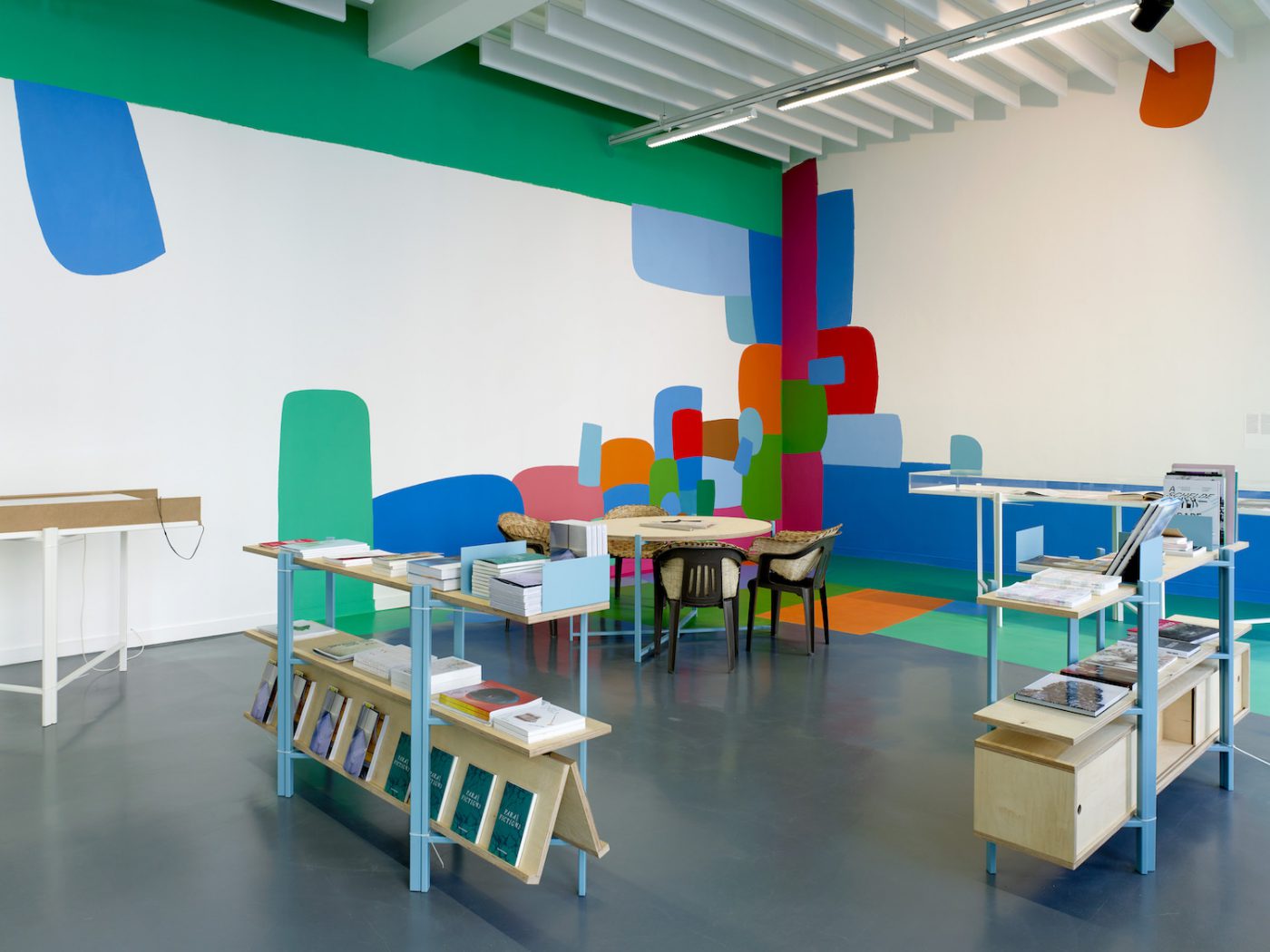
Exhibition overview Untitled with mural Open Envelope (2018) by Federico Herrero and furniture by Muebles Manuel, Witte de With Center for Contemporary Art 2018
I read that you have identified yourself with the traveler more than once in projects. Why that interest?
I am particularly interested in the mobility of culture, the conditions of immigration and the contexts that have given rise to cultural tourism. There is of course forced migration but travel is usually voluntary, it involves choice. Relatedly, I am interested in the educational impact of field research, especially to understand artistic production, since it involves being exposed to the environments and socio-economic realities of artists. Through work experiences, I have been given the opportunity to travel. And to travel alone, as a female professional, something that may appear common to my generation and the urban context of today, but an unlikely scenario for the class or generation of my parents. I’ve learned much about art and its various histories by travelling, I have also come to appreciate local developments studio visits at home. Field research has proved important to shaping my sensibility and vision.
"Many immigrants will decidedly, whether they want to or not, become a mediator of their cultural background"
The past seven years you have worked for Colección Patricia Phelps de Cisneros (CPPC), a foundation with a large private collection of Latin American art with offices in New York and Caracas. At a certain moment you decided to apply for a job at Witte de With. Why?
I felt that I had completed a major task at CPPC. The mission was to show the world the work and contributions made by artists in Latin America. As part of this, the foundation supports scholarly research in or about the region, makes art acquisitions, and supports and organizes educational programs. I participated in all that. At the same time I also worked on developing a major gift as part of CPPC’s philanthropic plans which consisted of donating artworks from the collection to five different museums around the world. A gift can be an opening to new opportunities. It worked that way for me: it gave me space to look for other ways to contribute and I feel I can do so here in the Netherlands.
LEES VERDER IN METROPOLIS M Nr 3-2018 TRANSGRESSION. NU IN DE WINKEL. ALS JE NU EEN JAARABONNEMENT AFSLUIT STUREN WE JE DIT NUMMER GRATIS TOE. MAIL JE NAAM EN ADRES NAAR: [email protected]
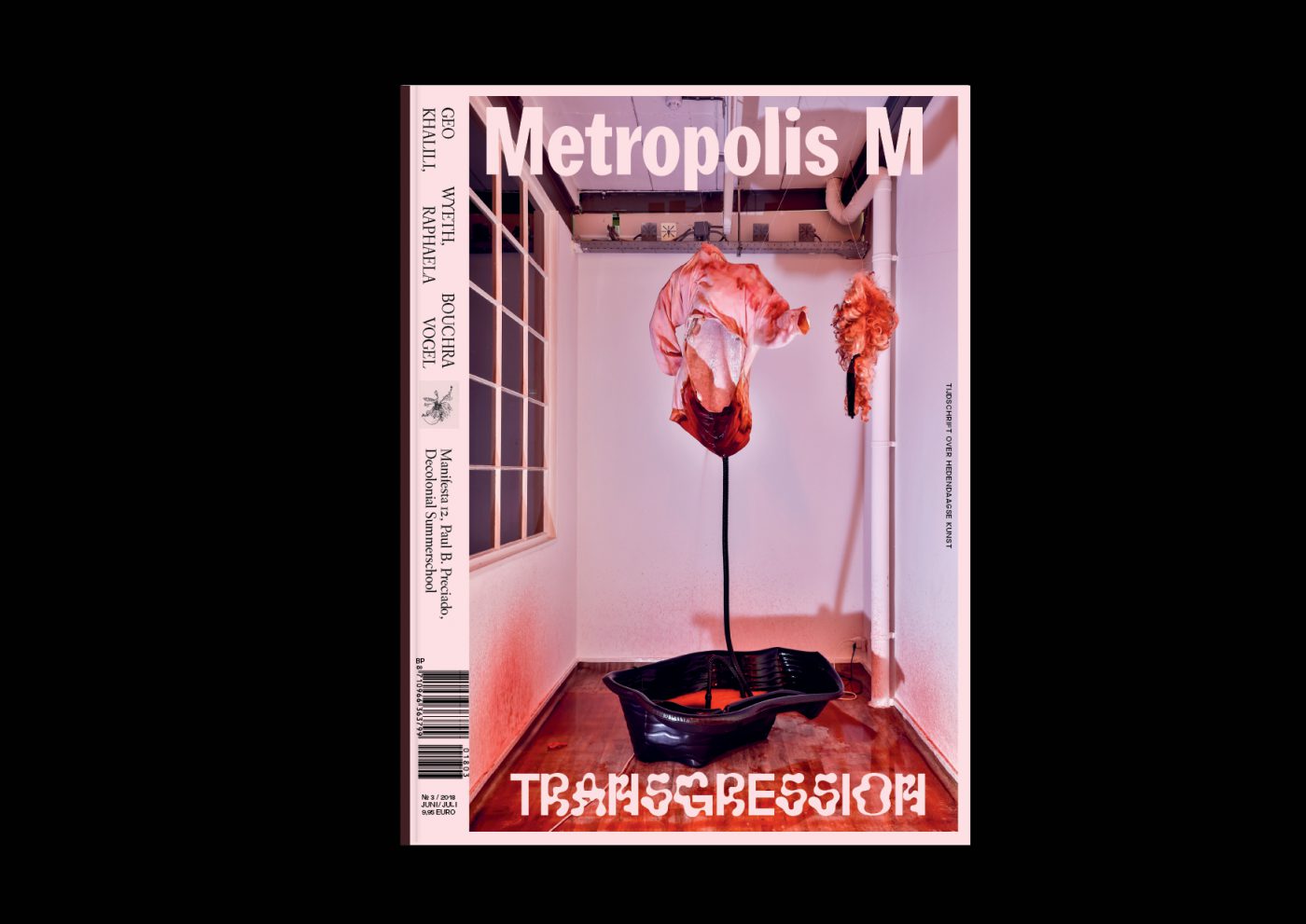
All photos by Kristien Daem
Domeniek Ruyters
is hoofdredacteur van Metropolis M